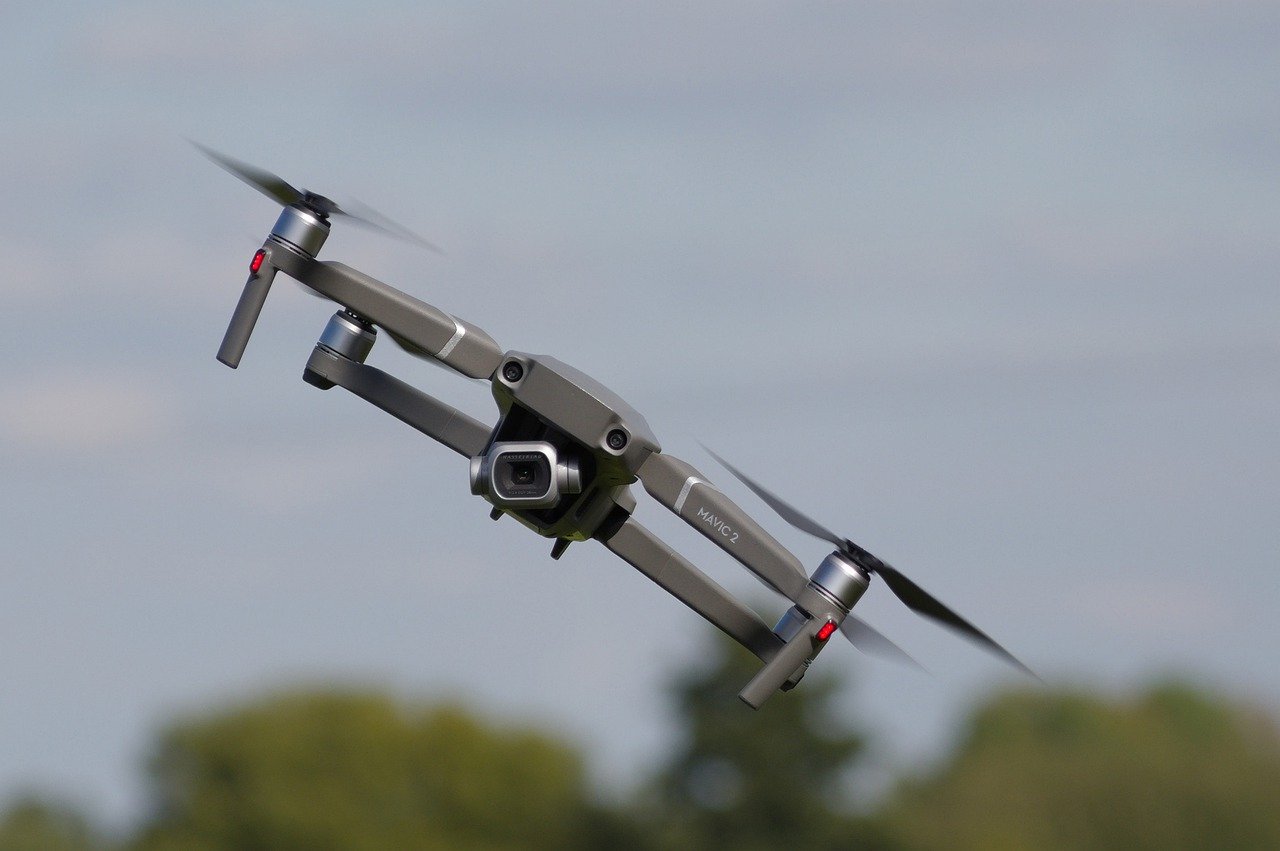The Impact of Quantum Sensors on Environmental Monitoring and Pollution Prevention
Environmental monitoring presents various challenges in data collection and analysis. One significant obstacle is the vast and diverse range of pollutants that need to be monitored, each requiring different detection methods and instruments. Moreover, the spatial and temporal variability of environmental factors further complicates monitoring efforts, making it difficult to capture a comprehensive picture of the state of the environment in real-time.
Additionally, the costs associated with deploying and maintaining monitoring equipment pose a challenge, especially for resource-constrained regions or organizations. High-quality sensors and analytical tools can be expensive, limiting the extent of monitoring networks and the frequency of data collection. Ensuring the reliability and accuracy of data also requires investments in calibration and quality control measures, adding another layer of complexity to the monitoring process.
Advancements in Quantum Sensor Technology
Quantum sensor technology has seen significant advancements in recent years, revolutionizing the way environmental monitoring is conducted. These sensors utilize the principles of quantum mechanics to achieve extremely high levels of sensitivity and accuracy in detecting various environmental factors. By harnessing the unique properties of quantum systems, such as superposition and entanglement, these sensors are able to detect even the smallest changes in environmental parameters with unparalleled precision.
Moreover, the miniaturization of quantum sensors has made them more portable and adaptable for a wide range of applications. The compact size of these sensors allows for easier deployment in various environments, enabling real-time monitoring of pollution levels, greenhouse gas emissions, and other critical environmental indicators. As research in quantum sensor technology continues to advance, we can expect further breakthroughs that will drive the development of innovative solutions for environmental monitoring and protection.
Applications of Quantum Sensors in Pollution Detection
Quantum sensors have emerged as a groundbreaking technology in the field of pollution detection. These sensors utilize quantum mechanics principles to detect various pollutants in the environment with exceptional precision and sensitivity. By harnessing the unique properties of quantum states, such as superposition and entanglement, these sensors can accurately identify pollutants in air, water, and soil.
One of the key advantages of quantum sensors in pollution detection is their ability to detect multiple pollutants simultaneously. Traditional sensors often struggle with detecting a wide range of pollutants in a single measurement, whereas quantum sensors can provide comprehensive data on various pollutants in real-time. This capability not only enhances the efficiency of pollution monitoring efforts but also enables environmental scientists to gain a more holistic understanding of pollution levels in a given area.





